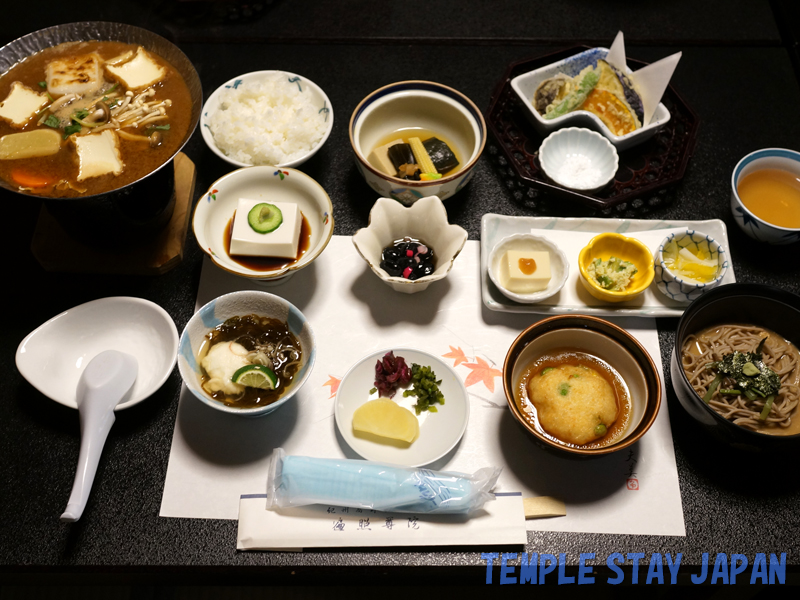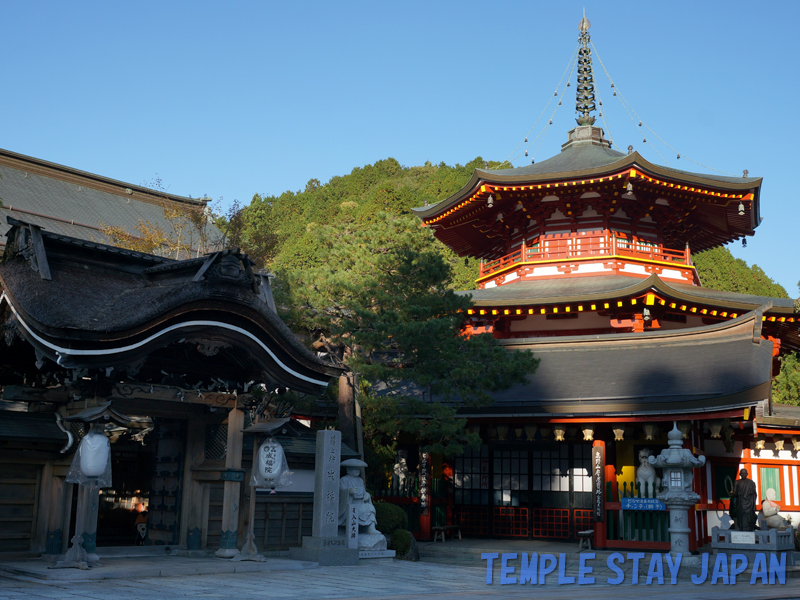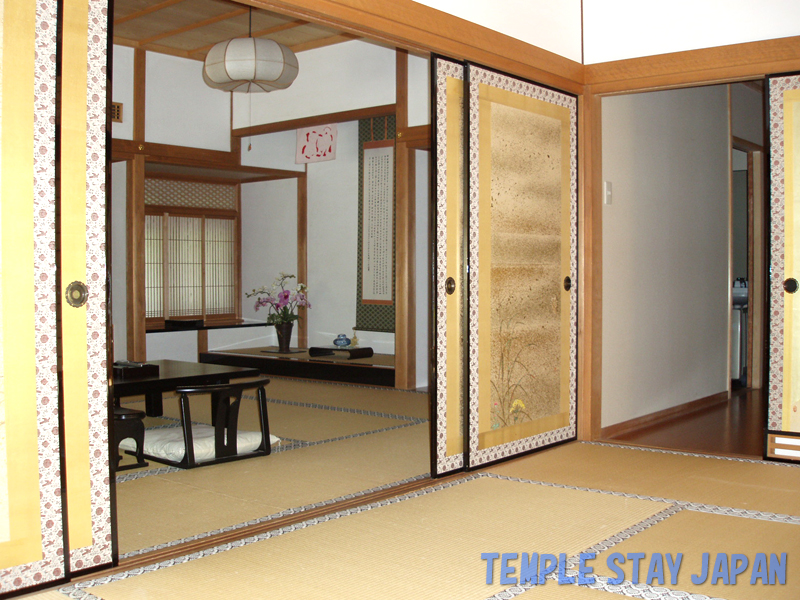About Koyasan
This is a list of temples in Koyasan where you can stay overnight. Koyasan was founded by Kukai in 816. It is Japan's leading religious city, with many temples centered around Kongobuji Temple. There are also many shukubo where you can experience a variety of Buddhist experiences and vegetarian cuisine.










